Lacquer painting is a traditional art form with lasting appeal in Vietnamese painting and needs to be preserved and further promoted by the younger generation.
With that idea, young people from Dragon Sigma Academy brought to the exhibition "GIUA - Phong Sac" in Hanoi lacquer paintings applying elaborate and sophisticated techniques.
What's special is that the works displayed at the exhibition are all by non-professionals, new to lacquer...
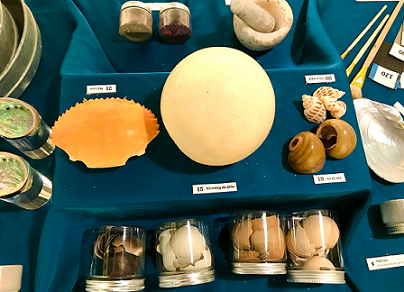 |
Materials used in lacquer paintings: grilled eggshells, snail shells, crab shells... (Photo: Phuong Thao) |
Unforgettable experiences
According to Ms. Le Ngoc Han, a lecturer on lacquer painting art at Dragon Sigma Academy, before painting lacquer paintings, it is necessary to prepare ideas and clearly visualize the composition of the painting from the beginning, because it is necessary to carve the manuscript onto wood first and it is difficult to edit after spreading materials on the manuscript.
To have a lacquer painting, the painter needs to prepare from the canvas, the spathe, the brush, the gilding pen... and perform many different steps.
The lacquer painting frame is made of a wooden board, wrapped in cloth and covered with many layers of sawdust mixed with alluvial soil and raw paint. The frame needs to be thick, waterproof, with one glossy side and one matte side to make the painting.
Important materials often used to control the white tone in lacquer paintings are silver and eggshells. Pure silver will be used to reduce the brightness of the details. The technique of alternating upside-down and upside-down screws will make the painting have a harmonious light transition.
A characteristic of lacquer paintings is the technique of arranging eggshells: chicken eggshells will give a bright white color, duck eggshells will give a cool light color, and baked eggshells create a feeling of shadow for the details.
To create a soft look for the painting, you need bamboo blinds, also known as matre. To make the painting catch the light, you need to cover it with gold or crushed tin foil.
According to Do Thach Thao, a student at Dragon Sigma Academy, lacquer paintings need humidity to dry, at least 2-3 layers of color before they can be polished, some paintings need to wait 2-3 months before the first layer can be polished.
After painting, you must wait for each layer of paint to dry completely, otherwise the paint layers will be thick, the surface is dry but the bottom is not dry, leading to the painting layers being torn and damaged when sanded.
Each coat of paint must be completely dry before applying the next coat. Depending on the weather, humidity, and type of pigment used, it may take at least 3-4 days or one to several months for each coat to dry.
There are many paintings that take two years to complete because it takes two months for one layer of paint to dry, and it is quite difficult to determine how many layers of paint are in a painting because it takes sanding until it reaches the desired level.
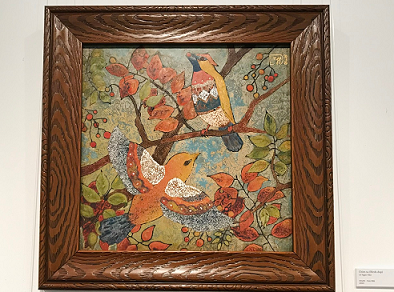 |
| The painting titled “Birds dop” uses matre techniques, eggshell, tin powder... at the exhibition. (Photo: Phuong Thao) |
Unable to forget the experience of grinding the painting, Thao shared: “In my opinion, the most “back-aching” part is grinding the painting. The more shells you use, the longer it takes to grind and the more manual it needs to be.
Small paintings can be finished with all the steps before sanding, but large paintings with many details are usually sanded after painting two layers of color.
In addition, to polish the painting, you need to use a flat wooden stick, clamped in sanding paper, for details attached to the shell, you will need to use a knife sharpening stone, to polish to reveal the beauty - each layer interwoven, hidden and visible.
Pursuing lacquer is an open opportunity
The story of lacquer paintings and the process of creating a complete painting attracted great attention from young people participating in the exhibition.
Here, Ms. Tu Anh excitedly shared her experience after three years of working together: “Lacquer paintings use a lot of silver powder, so they will be sulfurized over time, causing the painting to fade and darken if exposed to a lot of light in normal conditions, so it is necessary to avoid natural light and when painting, add more layers of lacquer. The paint powder used in lacquer paintings is mostly extracted naturally from the lacquer tree, rocks, and mineral soil.
To create different colors, the paint powder will be mixed with some other ingredients such as turpentine, or the paint will be exposed to iron to create the black color of the paint. The color of the paint will need to be beaten and mixed longer and more thoroughly with wood powder, from 13-15 hours or more.
Japan and China also developed lacquer art, but the biggest difference from Vietnam is the paint quality.
Because Japan and China developed lacquer art in the direction of handicraft and fine art, the paint needed to be hard and shiny, while the paint in Vietnam is softer and thinner because we pursue the direction of painting.
Giving advice to young people who want to start with lacquer paintings, Ms. Tu Anh said: “Young people can go to exhibitions to learn about materials and contemporary lacquer art.
Learning to make lacquer paintings is difficult but can be started. The first condition is not to be allergic to lacquer to ensure health because "paint depends on the face" and requires high discipline.
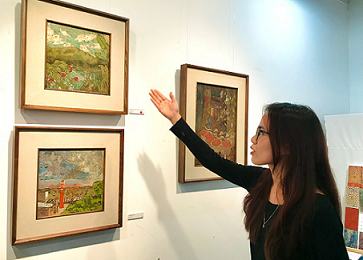 |
| Ms. Le Ngoc Han shares about techniques in lacquer painting. (Photo: Phuong Thao) |
Ms. Le Ngoc Han added: “Lacquer is a very good, long-standing traditional material in Vietnam and should be studied, contacted and touched by more young people. Anyone who studies lacquer will certainly have a joy for this material and then need to be very patient if they want to study and learn in depth and lacquer is very interesting.
The time I have been involved with lacquer is not long, just over two years, but it gives me a very familiar feeling and is suitable for myself."
Lacquer painting is an art form that blends the old and the new, and is an attractive craft material for young art lovers to try and pursue.
When explaining the name of “GIUA - Phong Sac”, painter Pham Khac Thang, founder of sDragon Sigma, also emphasized that the word "Giua" was inspired by the grinding technique in lacquer, aiming at the spirit of constantly improving oneself of the painter.
Source


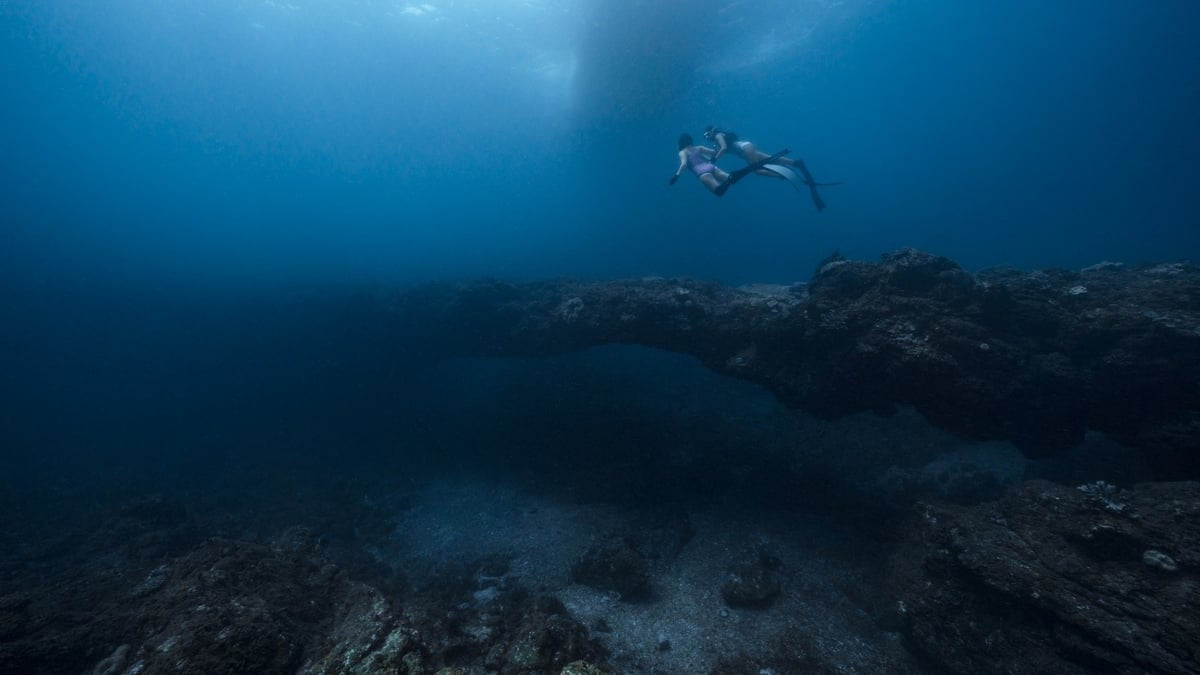
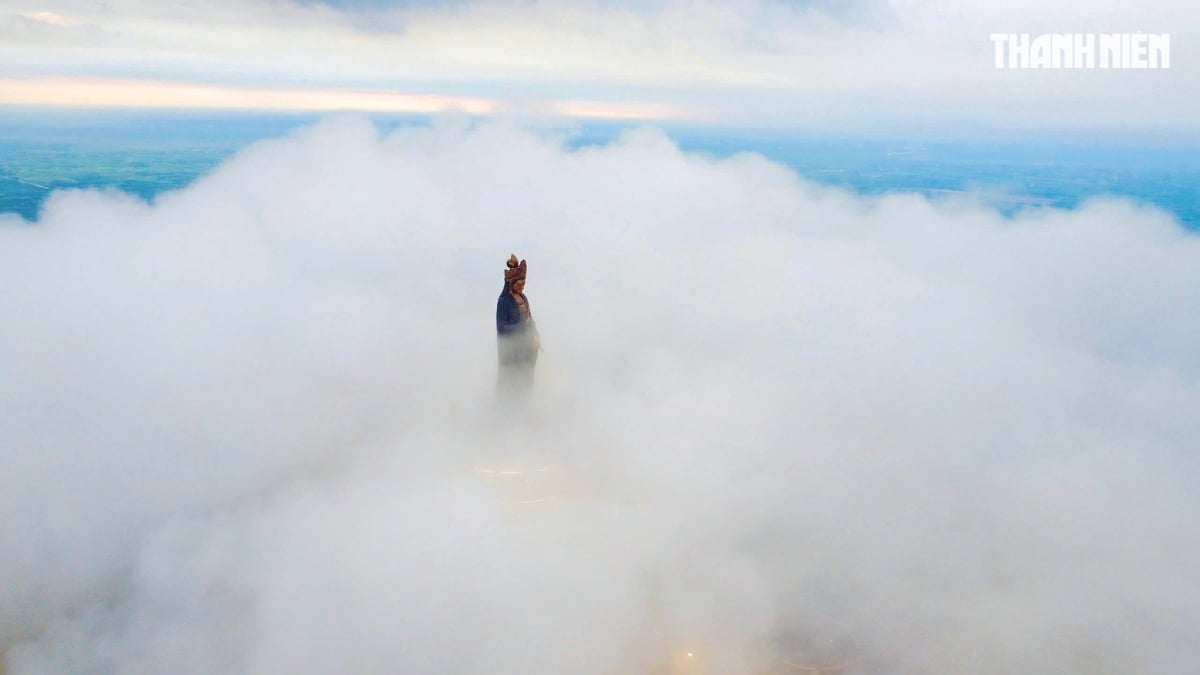
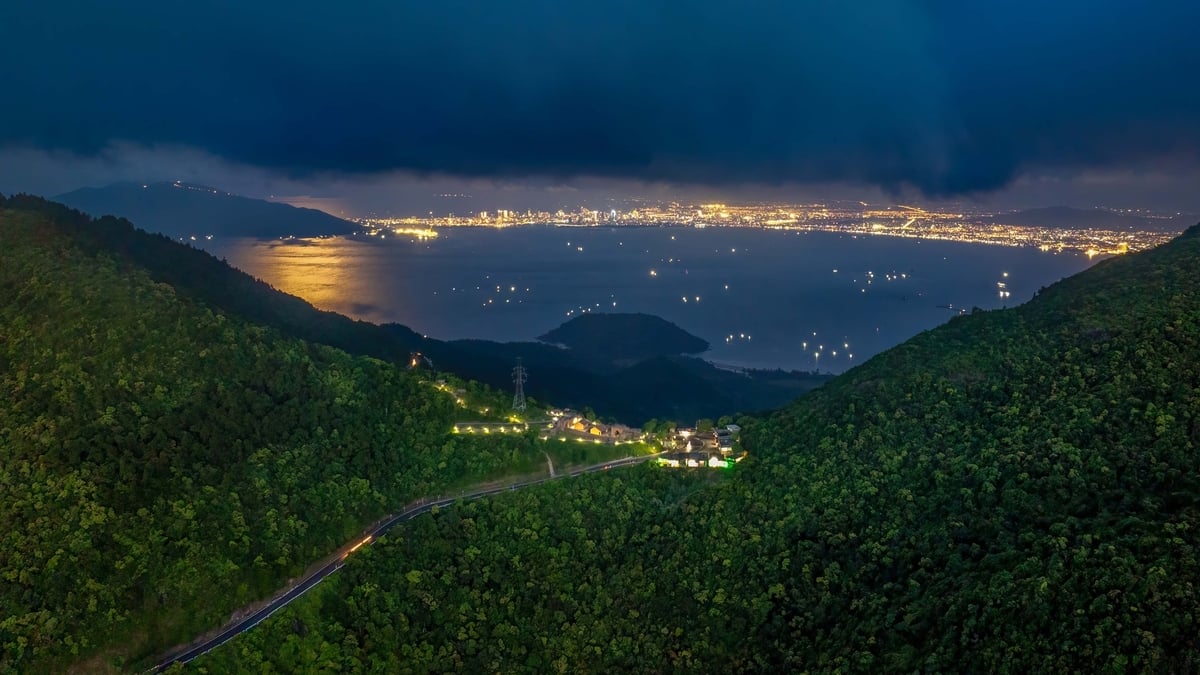
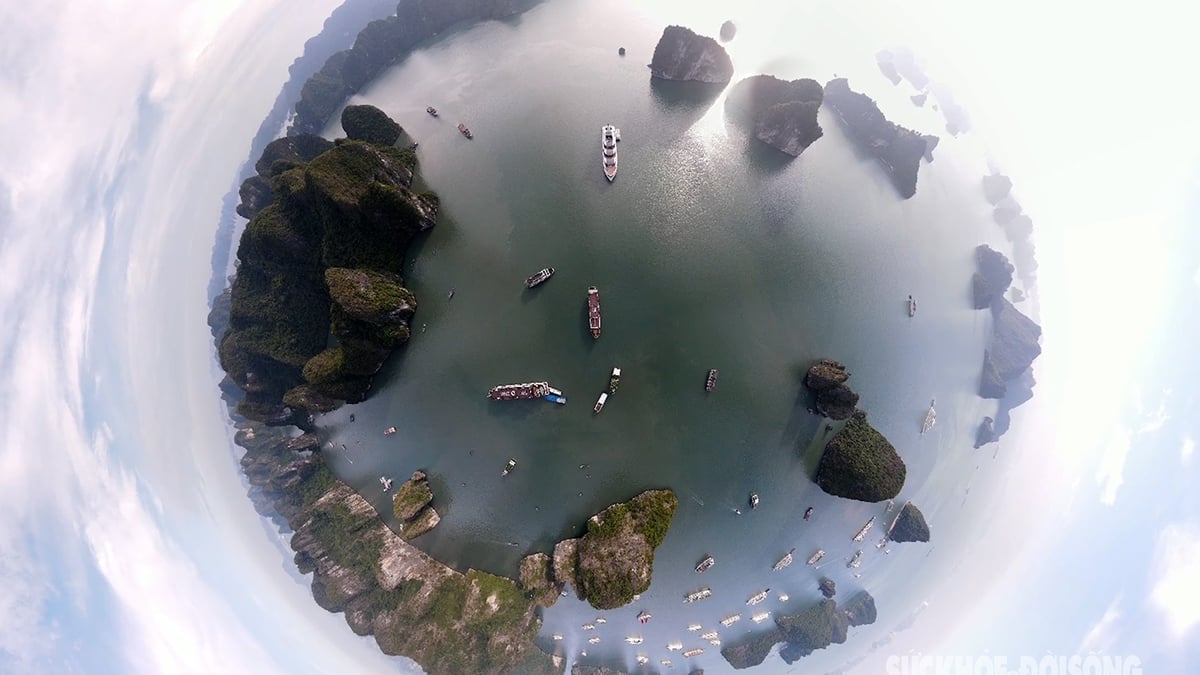
![[Photo] Prime Minister Pham Minh Chinh chairs a meeting on the implementation of the Lao Cai-Hanoi-Hai Phong railway project.](https://vphoto.vietnam.vn/thumb/1200x675/vietnam/resource/IMAGE/2025/5/20/0fa4c9864f63456ebc0eb504c09c7e26)
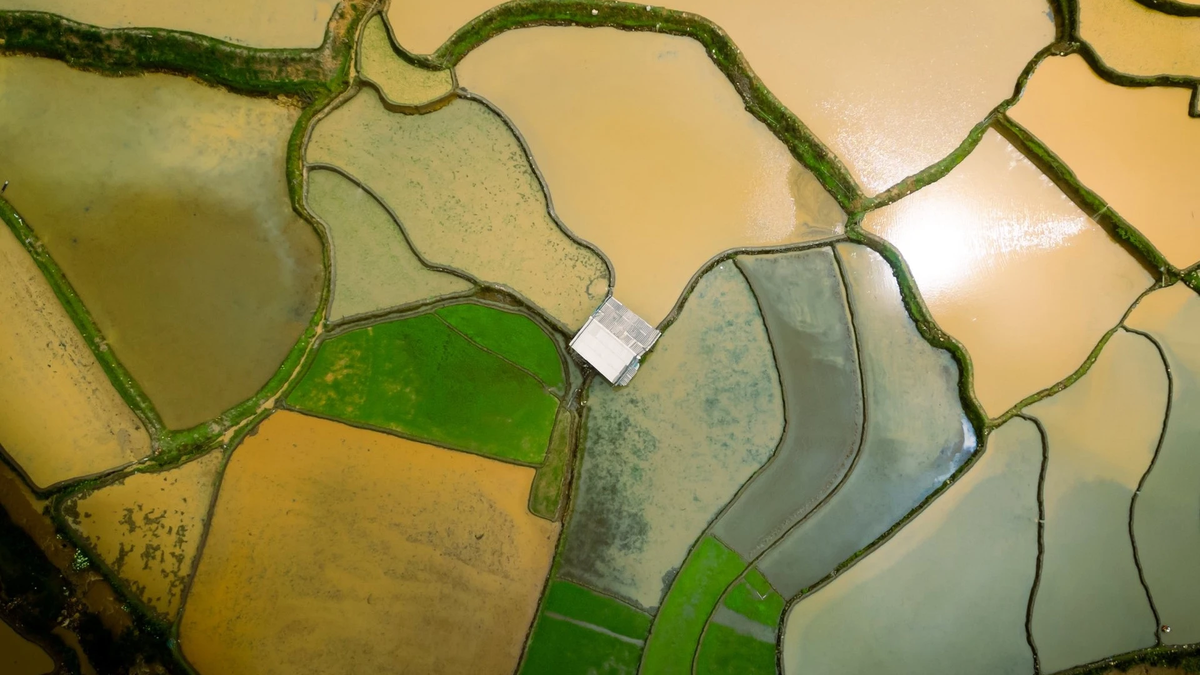


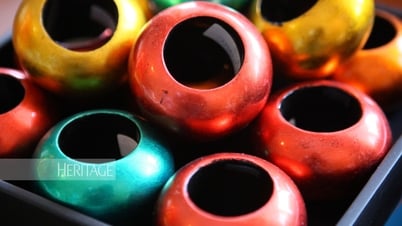


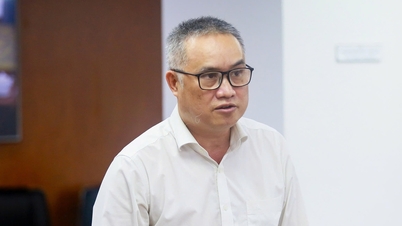





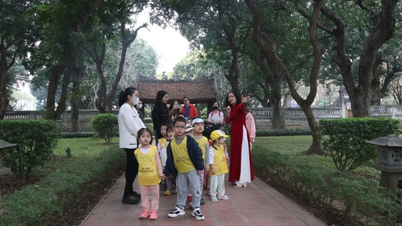




![[Photo] The Coming of Age Ceremony of the Red Dao in Ta Phin - A Legend in the Clouds](https://vphoto.vietnam.vn/thumb/402x226/vietnam/resource/IMAGE/2025/5/20/2b2b83f7639f4567b4c4b158b7235dc7)




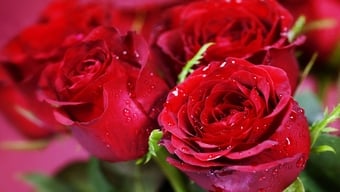
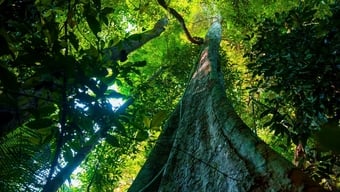





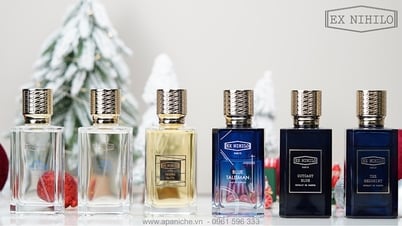






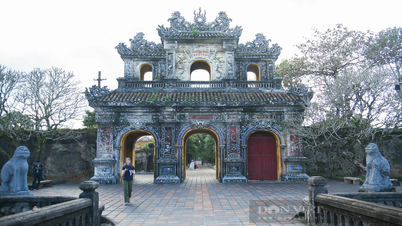



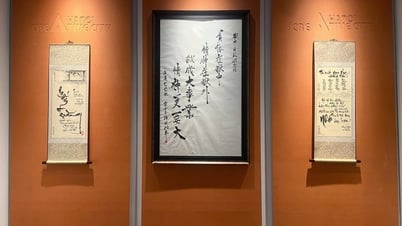

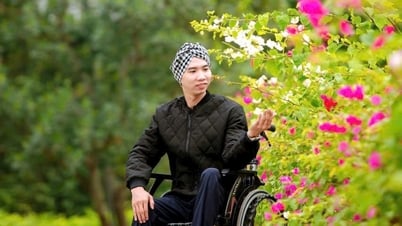

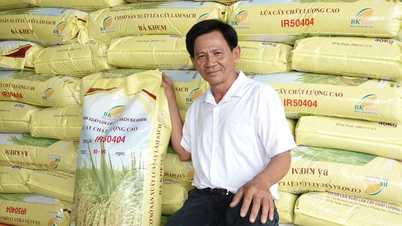









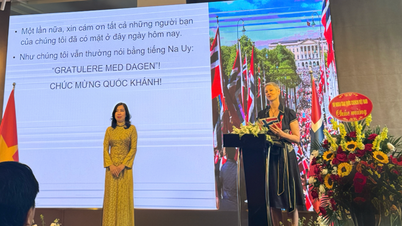
















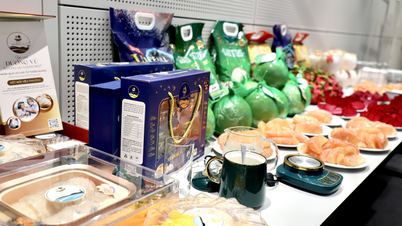















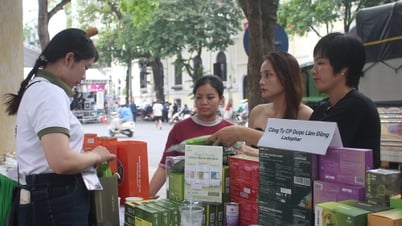







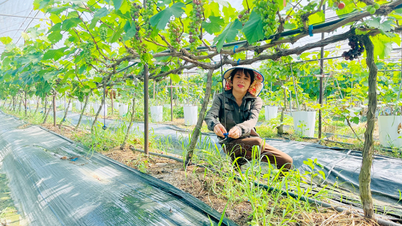

Comment (0)